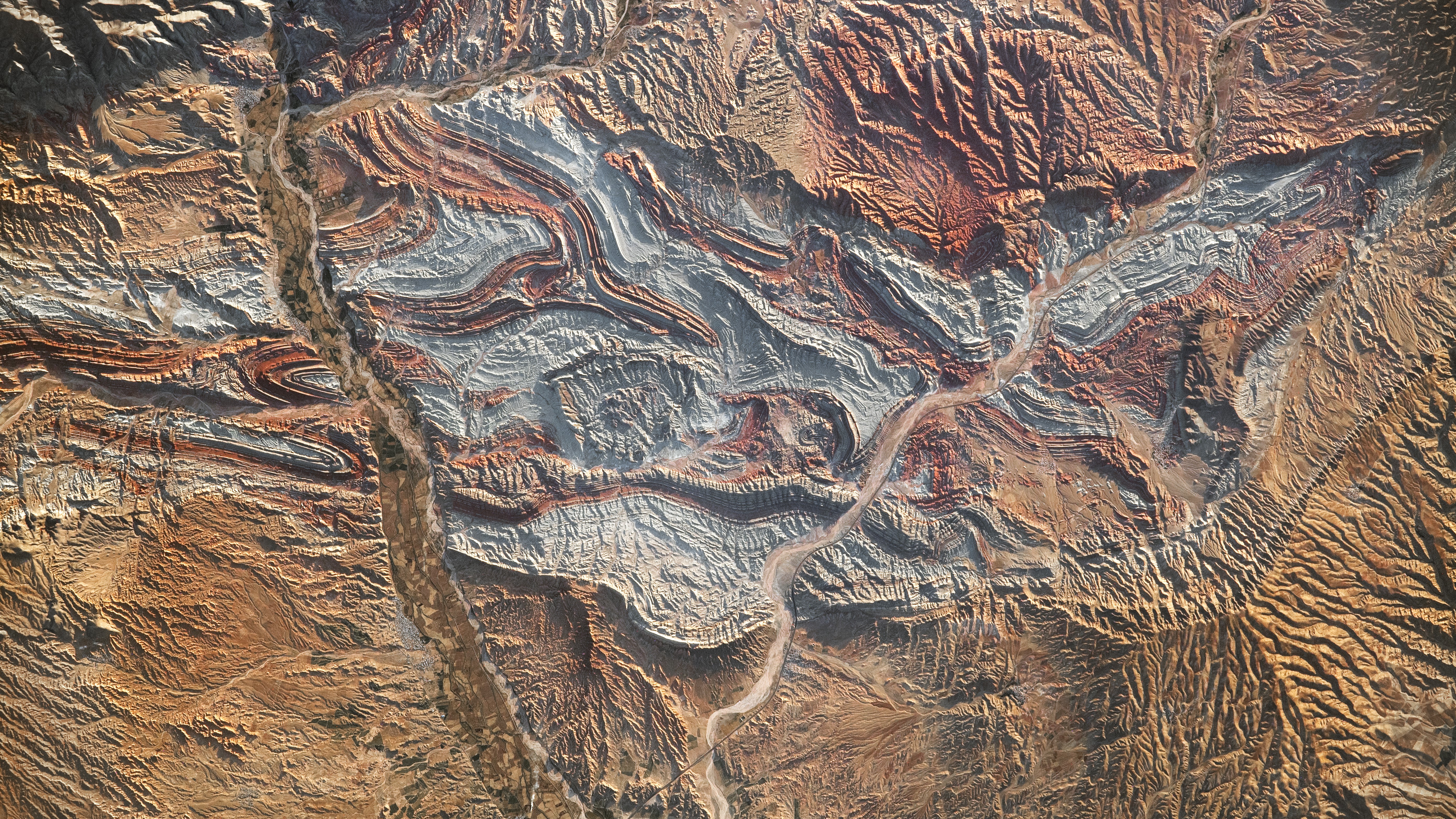Devastating floods from Typhoon Merbok soak coastal Alaska
The remnants of Typhoon Merbok brought dangerous floods to Alaska over the weekend.

Coastal Alaska is recovering on Monday (Sept. 19) after a weekend of dramatic flooding caused by the remnants of Typhoon Merbok.
The storm brought flooding to coastal communities, impacting 1,000 miles (1,609 kilometers) of coastline, Alaska governor Mike Dunleavy said at a news conference on Sunday (Sept. 18), and hundreds of people huddled in temporary shelters on Saturday (Sept. 17), according to Alaska Public Media. Roads were washed out and homes were damaged by winds gusting near 70 mph (114 km/hour), CBS News reported. In Nome, at least one home was torn from its foundations and seen floating down a river.
Water levels remained high in many areas on Monday, with storm surge expected to recede throughout Monday and Tuesday (Sept. 20) morning, the National Weather Service Fairbanks tweeted.
"Merbok was a rare and historic storm for the Bering Sea and Western Alaska," NWS meteorologist Virginia Rux told Alaska Public Media on Sunday. "Many of the coastal communities are still recovering, and we are not anticipating any storm like what we just experienced anytime soon."
The typhoon originated on Sept. 11 in the central Pacific, east of the Northern Mariana Islands,, according to Accuweather. It lost strength by the time it neared the Alaska coast, but still produced winds strong enough to whip up a combination of waves (caused by local winds) and swells (caused by the cumulative effects of the more distant storm winds) up to 50 feet (15.2 meters) tall.
Read more: Hurricanes, typhoons, and cyclones
Winds from the storm have now peaked and are concentrated west of Point Hope, Alaska, where they will remain for the next few days, according to the NWS. Meteorologists are not expecting any more impacts from what's left of the storm.
Sign up for the Live Science daily newsletter now
Get the world’s most fascinating discoveries delivered straight to your inbox.
But coastal Alaska is now taking stock of the damage. A popular restaurant on Nome's Front Street burned down on Saturday evening in a conflagration fueled by extreme winds, according to the Anchorage Daily News. The Nome Nugget reported failing seawalls, dislodged fuel tanks, submerged roads, and homes knocked from their foundations, including one that lodged under the Snake River Bridge after floating downstream.
On Sept. 17, Melissa Frey, a meteorologist with KTUU/KYES Anchorage, shared photos on Twitter that showed severe flooding in Newtok, St. George and Hooper Bay, with homes partially submerged and wreckage littering the coastline.
Reports of wind damage and flooding continue to come in tonight from across the Bering and coastal W. Alaska. This is just the beginning. We will continue to see strong winds into Saturday and flooding from an extreme storm surge all the way up the west coast.#akwx pic.twitter.com/5oxBfryiR8September 17, 2022
The storm was reminiscent of the 2011 Bering Sea Superstorm, which struck in November and brought wind gusts of up to 93 mph (150 km/h) to the region, according to the NWS Fairbanks. Gov. Dunleavy declared a state of emergency on Saturday and said he was in contact with the federal government for relief. Time is of the essence, he said in a news conference on Saturday, , because some communities will experience their first freezing temperatures of the year in just a few weeks.
"We just have to impress upon our federal friends that it’s not a Florida situation where we’ve got months to work on this," the governor said. "We’ve got several weeks to work on this."
Originally published on Live Science.

Stephanie Pappas is a contributing writer for Live Science, covering topics ranging from geoscience to archaeology to the human brain and behavior. She was previously a senior writer for Live Science but is now a freelancer based in Denver, Colorado, and regularly contributes to Scientific American and The Monitor, the monthly magazine of the American Psychological Association. Stephanie received a bachelor's degree in psychology from the University of South Carolina and a graduate certificate in science communication from the University of California, Santa Cruz.










